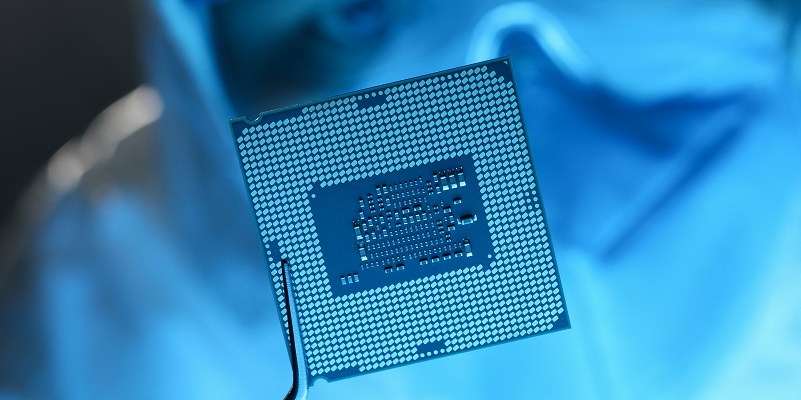Leaked slides from AMD suggest that the highly anticipated next-generation Threadripper PRO Workstation CPU family is set to make its debut later this year. With the promise of exceptional performance and efficiency, these CPUs are expected to revolutionize the workstation market. This article delves into the details revealed by the leaked slides, shedding light on the potential capabilities and enhancements that the upcoming Threadripper PRO CPUs will bring.
The Next-Gen Threadripper PRO Workstation CPU Family
According to the leaked slides, the next-generation Threadripper PRO Workstation CPU family will boast an astonishing up to 96 cores, all built on the highly anticipated Zen 4 core architecture. This significant increase in core/thread count is a direct result of AMD’s ongoing commitment to pushing the boundaries of performance and enabling users to tackle the most demanding tasks with ease. The Zen 4 architecture is expected to deliver remarkable gains in both single-threaded and multi-threaded performance, ensuring an unrivaled computing experience for professionals.
Benchmark Comparison
One of the leaked slides showcases a benchmark comparing the rendering performance of workstation-class processors. Although the specific benchmark used is not mentioned, the results speak volumes. The Intel Xeon ‘Sapphire Rapids’ CPU completes the render in 1,125 seconds, while the Threadripper PRO 7995WX completes the same render in just 657 seconds. This notable difference demonstrates the Threadripper PRO’s superior rendering capabilities, positioning it as a powerhouse for professional content creators, designers, and architects.
Performance and User Choice
The leaked slides indicate that users who desire high-performance workstations will have only one choice: the Threadripper PRO CPUs. With a significant increase in core/thread count, the upcoming Threadripper PRO CPUs are poised to deliver unparalleled performance gains across a wide range of multithreaded workloads. The slides also hint at the potential for a significant uplift in multi-threaded performance with the Threadripper PRO 7000 CPUs and the accompanying Storm Peak platform. These developments will undoubtedly push the boundaries of workstation performance even further, cementing AMD’s position as a leader in the industry.
Interestingly, the leaked slides also detail the existing Threadripper PRO 5000 CPUs and their potential for achieving up to 20% faster performance when compared to Intel Xeon chips. This comparison highlights AMD’s commitment to delivering efficient and competitive workstation solutions. By offering superior performance at an attractive price point, AMD aims to win over professionals seeking the best performance-to-value ratio for their workstations.
Uncertainty in the Slide
One intriguing aspect of the leaked slides is a render of a CPU that does not seem to be a Threadripper PRO 5000 chip, judging by its Integrated Heat Spreader (IHS). This observation fuels speculation that the SP6 platform used for the existing Threadripper PRO 5000 CPUs may continue to serve as the foundation for the next-generation Threadripper PRO 7000 CPUs. If this is the case, it would ensure compatibility and ease of transition for users already invested in the current Threadripper ecosystem.
The leaked slides have given us a glimpse into what to expect from the upcoming next-gen Threadripper PRO Workstation CPU family. With an incredible increase in core/thread count, built on the Zen 4 architecture, these CPUs are set to redefine the boundaries of workstation performance. The benchmark results showcased in the slides reinforce their potential to convincingly outperform their Intel counterparts. As professionals eagerly await the fall launch, the Threadripper PRO 7000 CPUs and Storm Peak platform hold the promise of propelling workstations to new heights in multi-threaded performance, further solidifying AMD’s position as an industry leader.

